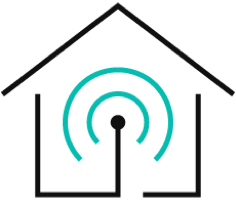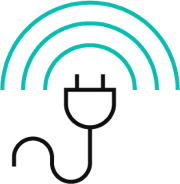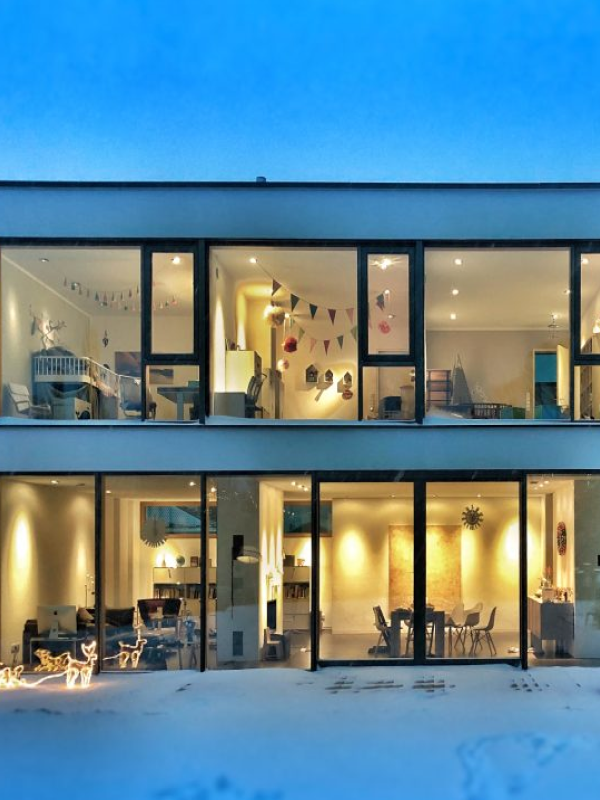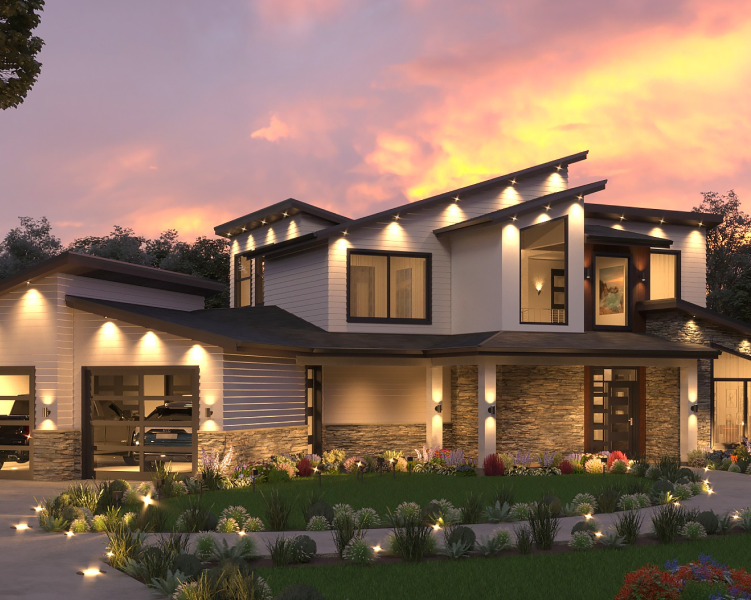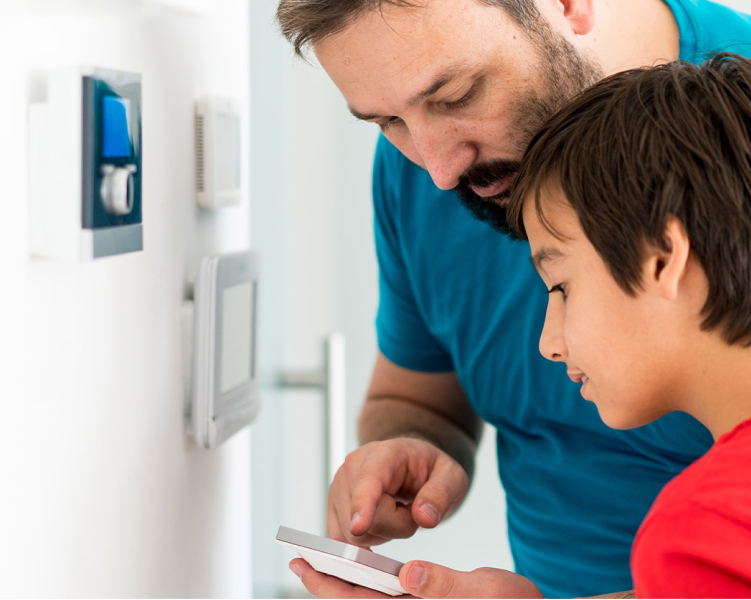Picture this: You're coming home after a long day at work, and as you approach your front door, it unlocks automatically. The lights in your living room turn on, and your favorite playlist starts playing through the speakers. As you make your way to the kitchen, the temperature adjusts to your liking, and the coffee machine starts brewing. This isn't a scene from a sci-fi movie - it's the reality of a smart home design in 2023.
In today's world, smart home technology has advanced beyond our wildest dreams. From controlling your thermostat with your smartphone to asking your virtual assistant to turn on your lights, the possibilities are endless. With the right design, your home can be more than just a place to live - it can be a seamless, interconnected, and intelligent environment that makes your life easier, safer, and more comfortable.
In this article, we'll explore the best smart home designs for 2023. We'll take a closer look at the latest technologies and how they can be integrated into your home, as well as design ideas that can optimize your living space.
- What Do You Need For Quality Smart Home Design?
- How To Design Your Own House With Smart Home Design
- Benefits of Home Automation Design
What Do You Need For Quality Smart Home Design?
There are a number of things you should consider while doing home automation design. The elements for the best house designs include:
Control System
A control system is the brain of a smart home design. It allows you to manage and automate various devices and systems in your home. It can be a standalone device or integrated into a smart home hub. The control system should be user-friendly and allow for the customization of automation settings. The EVVR Hub is a quality control system you can rely upon.
Different Types of Devices and Sensors
The devices and sensors that you choose for your home automation system should be compatible with your control system. These devices can include lighting, thermostats, security cameras, door locks, and more. Sensors such as motion detectors, temperature sensors, and door/window sensors can provide useful data to trigger automation events.
Network Infrastructure
A robust network infrastructure is essential for a home automation system. It is the backbone for all communication between devices and the control system. Your network infrastructure should include reliable routers, switches, and Wi-Fi access points to ensure smooth communication between devices.
User Interface
A user interface is the means through which you interact with your home automation system. It can be an app on your smartphone, a touchscreen panel on the wall, or a voice-activated assistant. The user interface should be intuitive, easy to use, and allow for customization of automation settings. EVVR has its own smartphone application which you can use to easily control different devices around your house.
By incorporating these elements into your home automation design, you can create a seamless, integrated, and intelligent environment that makes your life easier, safer, and more comfortable.
How To Design Your Own House With Smart Home Designs
Here are some intricately detailed steps to help you design your own house with a home automation system:
Step 1 - Plan Your Layout
Start by planning the layout of your home. Consider the size of each room and how you want to use each space. This will help you determine the number of devices and sensors you need and where to place them.
Step 2 - Choose Your Control System
Research different control systems available in the market, and choose the one that best suits your needs. Make sure that the control system is compatible with the devices and sensors you want to use.
Step 3 - Select Your Devices and Sensors
Decide which devices and sensors you want to use for your home automation system. Here are some of the devices and sensors you should have to get the whole automation design running:
- Smart lighting is a common starting point for creating a smart home. With Wi-Fi connectivity and smartphone or tablet apps, you can program lighting schedules and scenes. However, many households still lack smart bulbs. That's where EVVR Smart Relay Switch comes in, converting your current switches into a smart lighting network that can be controlled via your smartphone. This innovative solution enables you to control your entire non-smart lighting system with ease.
- Smart speakers and displays such as Amazon Echo and Google Nest are market leaders in voice-controlled smart homes and can serve as central interaction points for other smart home devices.
- Smart thermostats can detect when you're home and when you're away and can help to eliminate hot and cold spots in your home. So this is something you should include within your list of devices for smart home automation design.
- Home security cameras and video doorbells can help to secure your home, and you can view the footage on connected TVs or displays if equipped. If you want to automate your home security parameters, these devices are highly necessary.
Step 4 - Design Your Network Infrastructure
Determine the placement of routers, switches, and access points to ensure smooth communication between devices. On the whole, try to brainstorm how to design a house with smart home products. Choose high-speed internet and network service providers to ensure that your home automation system runs smoothly.
Step 5 - Choose Your User Interface
Choose a user interface that is easy to use and allows for customization of automation settings. Consider an app on your smartphone, a touchscreen panel on the wall, or a voice-activated assistant.
Step 6 - Install Your System
Hire a professional installer to install your home automation system correctly that compliments your house design plans. They can ensure that all devices and sensors are working together seamlessly and that your network infrastructure is set up correctly.
Step 6 - Test and Maintain Your System
After installation, test your home automation system to ensure that all devices and sensors are working correctly. Conduct regular maintenance to prevent system downtime and ensure optimal performance.
Benefits of Home Automation Design
Home automation modern house design has several real-life benefits that go beyond just convenience and saving. Here are some examples:
Do Things Differently
Best home design for home automation lets you do things differently. It can save time by automating routine tasks, such as turning on lights, opening blinds, and adjusting the thermostat. This can give you more flexibility to be creative with your daily mundane tasks and transform the way you live.
Complete Monitoring of All Your Assets
Whether you’re home or away you have complete control over your home security. With home automation, you can monitor your home remotely and receive alerts when there is any unusual activity. You can also control your security cameras, locks, and alarm systems from your smartphone, making it easier to keep your home safe and secure.
Track Your Health
Smart home devices can be integrated with health and wellness technologies, such as fitness trackers and medical alert systems. This can help you monitor your health and well-being, as well as provide alerts in case of emergencies.
Reduce Energy Consumption Unbelievably
Home automation systems can help you save energy by automatically adjusting the temperature, turning off lights and appliances when they are not in use, and monitoring your energy consumption. This can lead to significant savings on your energy bills.
Helping those With Disabilities or Handicaps
Home automation can make your home more accessible for people with disabilities or mobility issues. With smart home technology, you can control appliances, lights, and other devices using voice commands or a smartphone app, making it easier to live independently.
Overall, home automation design and installation can improve your quality of life by making your home safer, more energy-efficient, and more convenient, while also providing health and wellness benefits and making your home more accessible.
Final Thoughts
Finally, designing a smart home in 2023 can bring about a plethora of benefits and conveniences. With the latest advancements in technology, there are endless possibilities to customize and optimize your living space.
From energy-saving features to enhanced security and entertainment systems, a smart home can truly transform the way you live. It's important to keep in mind that the best smart home design will ultimately depend on your individual needs and preferences.
Whether you're looking to create a fully automated home or simply incorporate a few smart devices, the possibilities are endless. So, don't be afraid to explore and experiment with the latest smart home technologies to create a living space that is both functional and enjoyable.
Please get in touch with us if you need any assistance with the topic at hand or anything else related to that.

